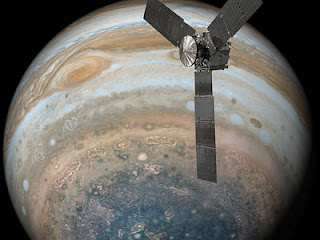Quantum_mechanics
Quantum_mechanics
is a fundamental theory in physics that provides a description of the physical properties of nature at the scale of atoms and subatomic particles. It is the foundation of all quantum physics including quantum chemistry, quantum field theory, quantum technology, and quantum information science.
science dealing with the behaviour of matter and light on the atomic and subatomic scale. It attempts to describe and account for the properties of molecules and atoms and their constituents—electrons, protons, neutrons, and other more esoteric particles such as quarks and gluons.
counter-intuitive phenomenon predicted by quantum mechanics is quantum tunnelling: a particle that goes up against a potential barrier can cross it, even if its kinetic energy is smaller than the maximum of the potential.[7] In classical mechanics this particle would be trapped. Quantum tunnelling has several important consequences, enabling radioactive decay, nuclear fusion in stars, and applications such as scanning tunnelling microscopy and the tunnel diode.
One consequence of the basic quantum formalism is the uncertainty principle. In its most familiar form, this states that no preparation of a quantum particle can imply simultaneously precise predictions both for a measurement of its position and for a measurement of its momentum.
Both position and momentum are observables, meaning that they are represented by Hermitian operators.
When two different quantum systems are considered together, the Hilbert space of the combined system is the tensor product of the Hilbert spaces of the two components.
There are many mathematically equivalent formulations of quantum mechanics. One of the oldest and most common is the "transformation theory" proposed by Paul Dirac, which unifies and generalizes the two earliest formulations of quantum mechanics – matrix mechanics (invented by Werner Heisenberg) and wave mechanics (invented by Erwin Schrödinger).[28] An alternative formulation of quantum mechanics is Feynman's path integral formulation, in which a quantum-mechanical amplitude is considered as a sum over all possible classical and non-classical paths between the initial and final states. This is the quantum-mechanical counterpart of the action principle in classical mechanics.
Noether's theorem or Noether's first theorem states that every differentiable symmetry of the action of a physical system has a corresponding conservation law.




Comments
Post a Comment